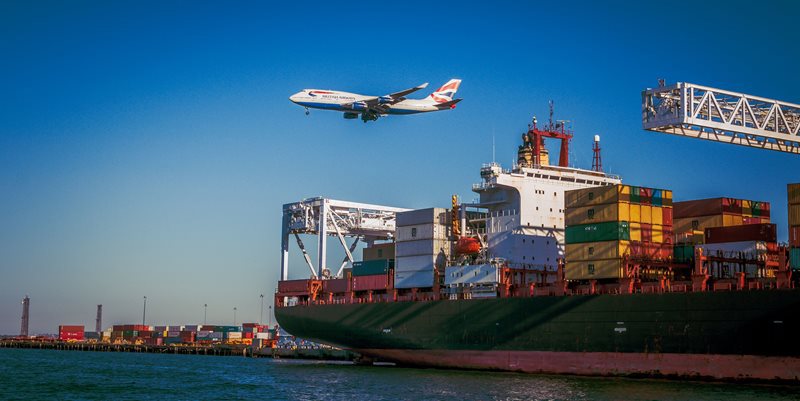Three decades ago, new technology gave birth to online marketplaces with a global reach and then international payment gateways began to launch. This intersection allowed cross-border eCommerce to really start gaining traction. So much has changed since the 1990s - and eCommerce sales have steadily increased in a mind-boggling growth curve that just doesn’t stop. Today, that curve is still growing at around 10% CAGR and is expected to reach US$7 Trillion by 2025; this will account for more than 24% of retail sales.
Cross-border eCommerce occurs when an online purchase is made in one country from a vendor in another country, but it can take many forms:
- When a retailer, manufacturer, or brand sells goods to a consumer in another country (B2C)
- A business selling to another business in another country (B2B)
- A sale between two individuals in different countries (C2C)
Typically, these transactions happen on large online marketplaces and eCommerce websites. In addition, manufacturers and brands are drop-shipping goods into other countries on behalf of their downstream customers.
Naturally the pandemic accelerated eCommerce as people stayed home and stores were shuttered. Many consumers who had long resisted online shopping were suddenly persuaded to give it a chance and were surprised by how much easier international shopping had become. It was a perfect storm to disrupt old shopping habits and instill new consumer behavior.
Foreign currencies and international banking have posed challenges to cross-border eCommerce in the past. Historically, the hurdles to move money around the globe were immense – now global payment technology services have advanced so far that one can make seamless payments in the currencies and financing options that local shoppers expect.
eCommerce growth and consumer willingness to buy online internationally is a big opportunity for shippers
Back in 2019, 69% of shoppers had made a cross-border purchase. By 2021, it was up to 76% of shoppers making a cross‐border purchase. All this growth spells new opportunities across the board. Adaptive strategies include:
- Retailers and online sellers can expand internationally
- 3PLs can expand their service offering
- Manufacturers can grow their D2C business and better serve existing downstream customers
Domestic eCommerce retailers can leverage cross-border D2C shipping and drop-shipping to reduce stock-outs by accessing an endless global aisle. They can also easily open new markets in neighboring countries. In North America, Canadians now buy over half of their cross-border purchases from their next-door neighbor - the USA.
3PL’s traditional cross-border freight business has been threatened due to the steady increase in direct-to-consumer (D2C) sales. One solution is to leverage international eCommerce as it will allow 3PLs to handle D2C shipments from overseas alongside B2B shipments.
3PLs can fulfill orders from product manufacturers, origin country warehouses, and next‐door country depots. This allows freight forwarders and customs brokers to expand shipping services, increase per shipment profitability, and build stickier, higher-revenue customer relationships.
Manufacturers and brands are using cross-border eCommerce to expand sales by opening their own online storefronts and marketplace stores and then fulfilling directly from off-shore inventory. In addition, they are drop-shipping directly to consumers on behalf of their downstream customers who can then offer a broader product line without the cost of maintaining domestic inventories.
Ultimately, global marketplaces and embedded payments continue to shrink the world as we know it. Shoppers don’t care - or even need to know - if you’re located across the street, in the next country, or around the globe.
If you are an online retailer looking to expand into other global markets, a 3PL looking to offset lost B2B freight volumes with B2C eCommerce deliveries, or a manufacturer growing online sales, Transtream can support you with cross-border consolidation capabilities and carriers with affordable international reach.
